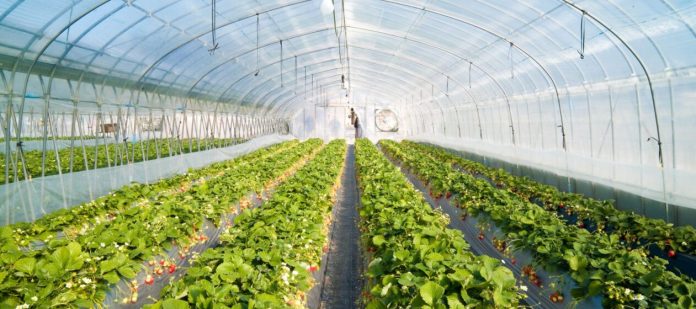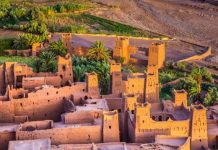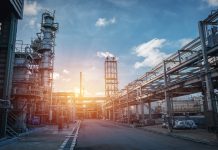The Moroccan government is committing to a major push in agricultural development with a planned 11.23 billion dirhams ($1 billion USD) investment from 2025 to 2027, as outlined in the latest public finance report. This extensive budget is divided across three years, with 3.21 billion dirhams allocated for 2025, 3.51 billion for 2026, and 4.51 billion for 2027. The Regional Offices for Agricultural Development (ORMVA) will manage these funds, aiming to accelerate water efficiency, modernize infrastructure, and support sustainable agricultural practices under the “Green Generation 2020-2030” strategy.
This investment plan aims to expand Morocco’s National Irrigation Water Conservation Program (PNEEI), enhancing water management through targeted hydro-agricultural projects. These initiatives will support key pillars of the Green Generation strategy, including solidarity farming, resource aggregation, youth entrepreneurship, and digital transformation in agricultural services.
2024 performance and goals
As of mid-2024, the ORMVA reported over 1.51 billion dirhams already invested, reflecting a 35% progress rate towards the year’s target of 3.42 billion dirhams. The organization also continued to address critical climate challenges, including limited rainfall and low reservoir levels, with measures to alleviate their impact on farmers. Among the achievements of 2023, collective irrigation systems expanded, now covering 276,032 hectares—41% of the national irrigation network.
Major achievements in 2023
Throughout 2023, the ORMVA has supported resilient farming methods and encouraged young farmers, which contributed to developing a new agricultural middle class. Expanded agricultural insurance provided social coverage to 416,439 farmers, a 6.4% rise from 2022, while climate insurance now covers 254,349 hectares, achieving nearly half of the program’s 2030 target.
However, adverse water conditions led to irrigation restrictions in key regions, including Doukkala, Moulouya, Haouz, Tafilalet, and Ouarzazate. This year, the water volume released for irrigation reached 938 million cubic meters (Mm³), a slight increase from 2022 but still below pre-drought levels. Currently, 377,917 hectares—56% of the irrigation network—benefit from the released water.
Significant water transfer projects
In 2023, ORMVA’s investment reached 2.47 billion dirhams, up 13% from 2022 and covering 80% of the year’s budget, not counting the Sebou-Bouregreg basin interconnection, a flagship project by ORMVA-Gharb. This inter-basin project is part of a wider initiative to optimize water use across regions. The Gharb, Doukkala, and Loukkos regional offices collectively invested in water transfer systems, securing funding of 6 billion dirhams, 1.5 billion dirhams, and 840 million dirhams, respectively. These projects are expected to move 470 Mm³ of water from the Gharb basin, 100 Mm³ from Loukkos, and 60 Mm³ from Doukkala to areas in need.
On August 28, 2023, ORMVA-Gharb launched the Sebou-Bouregreg basin project, successfully channeling 440 Mm³ of water by September 2024. The ORMVA-Doukkala project is now 90% complete, while ORMVA-Loukkos has achieved 40% of its project’s completion.
Looking ahead
With a three-year $1 billion budget, Morocco is gearing up for a transformative shift in its agricultural landscape. The country’s unwavering commitment to water conservation, climate resilience, and youth-led innovation promises to enhance food security and economic stability. By supporting both traditional farmers and young entrepreneurs, the plan aims to establish a sustainable agricultural future capable of adapting to climate challenges.





